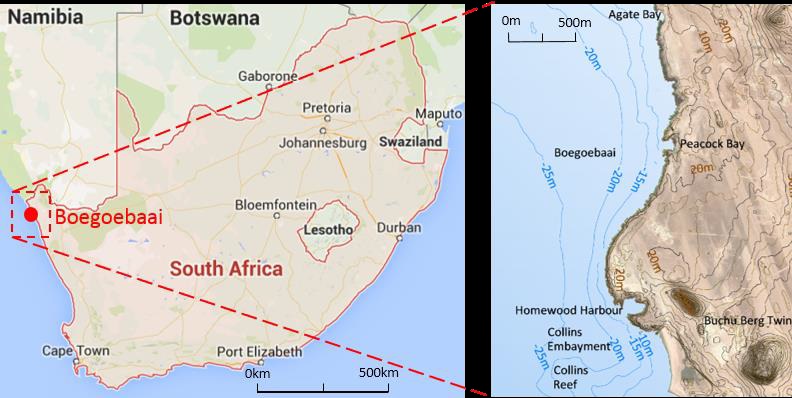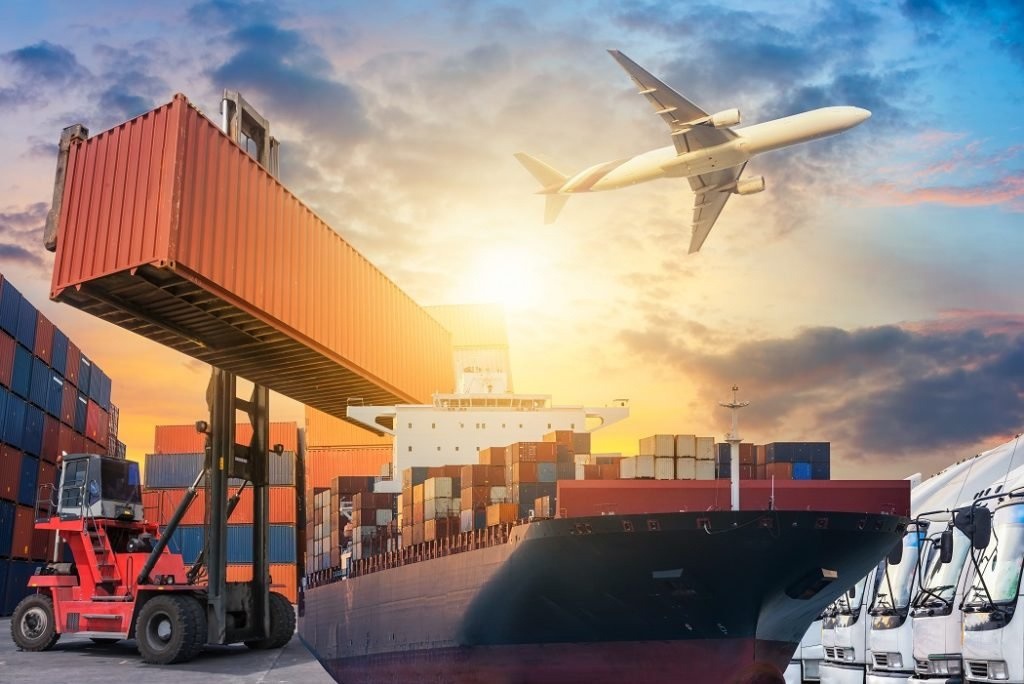Project Positioning
Boegoebaai is situated approximately 60 km north of Port Nolloth and 20 km south of the border between Namibia and South Africa, in the Richtersveld Local Municipality area of the Northern Cape Province of South Africa. In terms of positioning, the primary opportunity of the site lies in the short distance between the coastline and relatively deep water.
The location places it relatively close in proximity to rich mining and agriculture sectors compared to other existing ports. It is to be noted that the envisaged Boegoebaai deep water port will be a greenfield development (learn more here).

The Green Hydrogen Strategy
With the advent of the green hydrogen economy, the Boegoebaai Port will provide an enabling platform for the province to achieve the key frontiers proposed in the 2021 Sustainable Infrastructure Development Symposium South Africa (SIDSSA).
The potential of the green hydrogen economy has sparked the country to focus on developing the Green Hydrogen Strategy, with a focus on the Northern Cape as an important driver towards a Just Energy Transition. The aim is for South Africa to follow a three-pronged approach with regards to the development of green hydrogen:
- South Africa to be one of the low cost exporters of green hydrogen derived products
- Enable decarbonization of local industry
- Utilize mineral endowments and green hydrogen production capacity to improve the country’s global competitiveness of its economy and industry champions.
The Northern Cape Hydrogen Strategy, together with the Department of Science and Innovation’s Hydrogen Society Roadmap for South Africa and the Department of Trade, Industry and Competition’s sector master plans and green hydrogen commercialization strategy will be the foundation of a National Green Hydrogen Strategy.
The Northern Cape Green Hydrogen Strategy
The Northern Cape Green Hydrogen Strategy was launched to the global community at the COP 26 summit in Glasgow, United Kingdom in November 2021, with clear objectives to drive the strategy.
The Northern Cape Green Hydrogen Strategy has six objectives:
- To position the Northern Cape as a future leader in green hydrogen production and export;
- To enable the province’s green hydrogen potential through the development of catalytic infrastructure in the form of the planned Boegoebaai Port and Rail development, and adjacent Green Hydrogen Special Economic Zone (SEZ), storage infrastructure, transmission grids, and pipelines;
- To have 5 GW of electrolysis capacity supported by 10 GW of renewable energy generation under construction in the Northern Cape by 2025 – 2026;
- To maximize the job creation, skills development, youth employment, and investment attraction potential of green hydrogen. This will be done through the strategic localisation and reindustrialization of manufacturing aimed at green hydrogen and renewable energy components and products, including attracting tier-1 solar photovoltaic (PV) panel and wind turbine manufacturers to the Northern Cape by 2025;
- To utilize the Northern Cape’s green hydrogen generation capacity to support the accelerated decarbonization of the South African economy, especially the large, carbon-intensive industrial base, and to attract heavy industry wishing to ‘go green’ to relocate to South Africa;
- To utilise green hydrogen and concessional development finance to support a Just Energy Transition in South Africa.
This is in line with the Net-Zero ambition set at COP 26 which seeks to decarbonize critical areas such as transport logistics, mining as well as hard-to-abate sectors by 2050.
Agreements
The Northern Cape Province and Gauteng Province have signed the following agreements, which support the strategy above:
- A Memorandum of Agreement (MoA) between the Northern Cape and SASOL to be an anchor developer of the planned Boegoebaai Green Hydrogen SEZ;
- A Memorandum of Agreement (MoA) between the Northern Cape and the Port of Rotterdam (POR) for the POR to act as a demand aggregator for green hydrogen into Europe; and
- A Memorandum of Agreement (MoA) between Gauteng and SASOL for SASOL to develop green hydrogen facilities in Gauteng aimed at decarbonizing domestic industry.
Contact
Interested investors in the green hydrogen economy are encouraged to contact the project promoters here:




